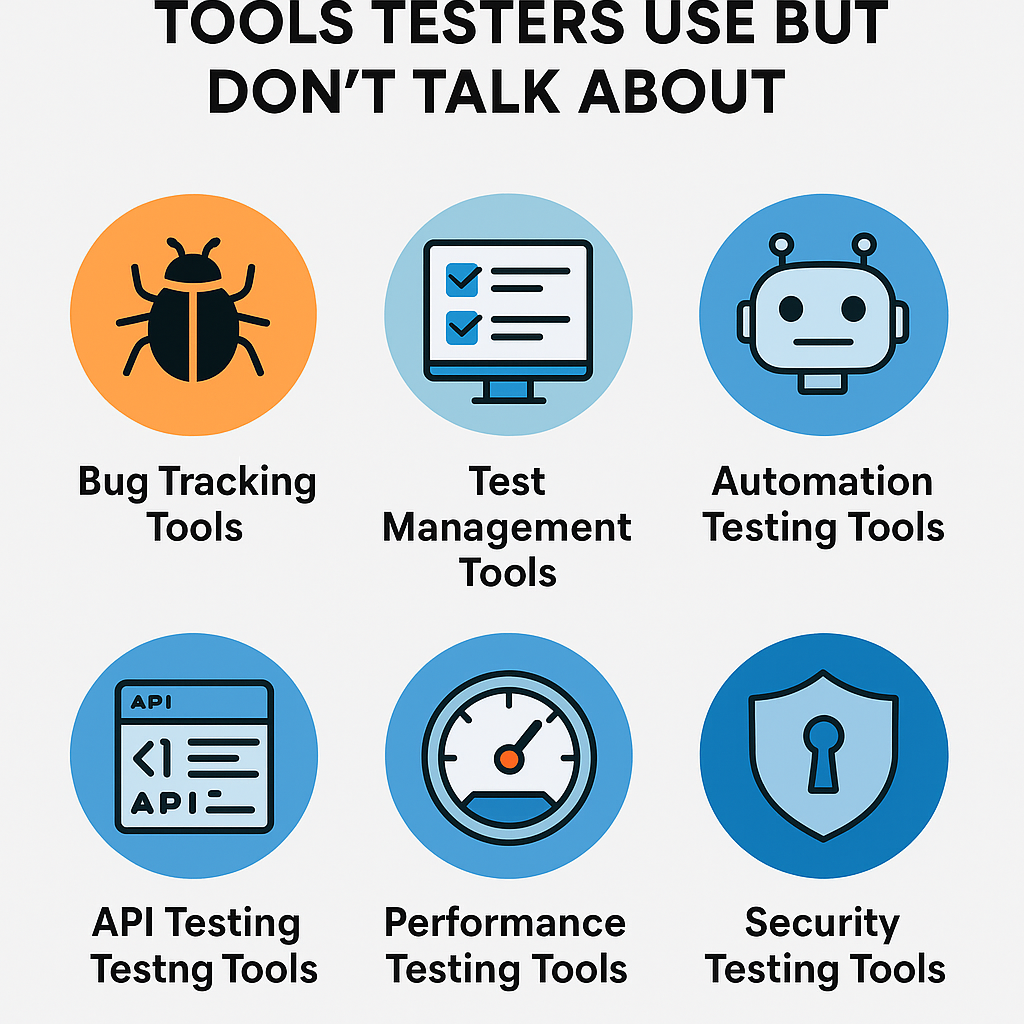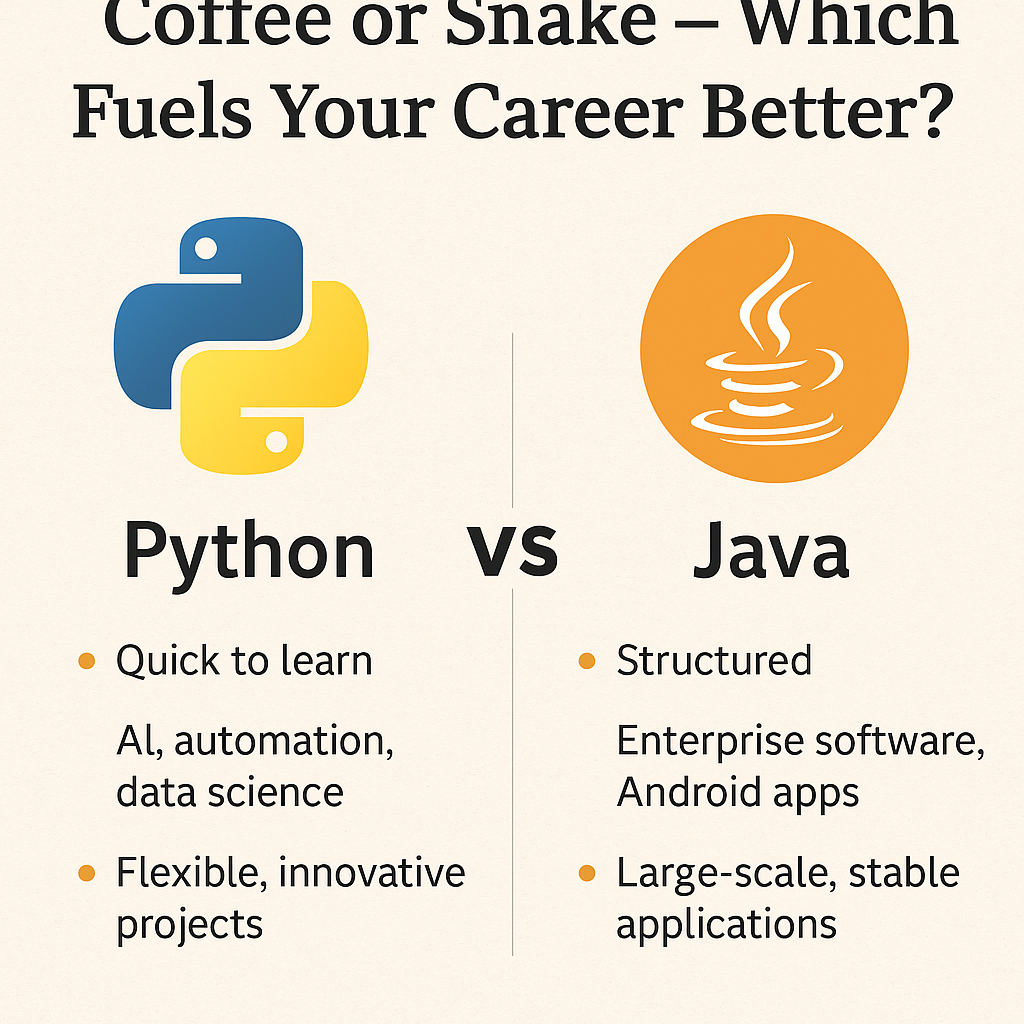Selenium is a comprehensive suite of tools for web automation testing. It supports multiple browsers, platforms, and programming languages, making it a versatile choice for software testers and developers. Below, we explore the main components of Selenium through the lens of what, why, and how, providing insight into each tool’s purpose, significance, and functionality.
1. Why was Selenium RC created, what is it, and why was it created?
- What: Selenium Remote Control, or Selenium RC, is a server that allows users to write application tests in multiple programming languages.
- Why:
- Selenium RC was built to overcome the limitations of JavaScript-only testing in early Selenium versions, which limited its use in certain browsers and testing environments.
2. How does Selenium RC work with web browsers, and what are its drawbacks?
- How: Selenium RC employs a proxy server to inject JavaScript commands into browsers for the purpose of testing automation. It requires that the RC server be running during each test execution.
- Limitations: Selenium RC is slower than WebDriver because it has an extra layer called the RC server. It also faced compatibility and reliability issues with modern web applications, as well as compatibility and reliability issues.
3. What is Selenium WebDriver and why did they replace Selenium RC?
- What: Selenium WebDriver is a more modern automation tool that directly interacts with browser instances. It is a more robust and modern tool that directly interacts with browser instances.
- Why:
- The WebDriver platform replaced RC because it offers faster execution, more reliable results, and supports a wider range of browsers and platforms. Additionally, it eliminated the need for an RC server, simplifying the test setup.
4. What’s the way Selenium WebDriver interacts with web browsers and what’s inside?
- How: Selenium WebDriver talks to browser drivers directly using native browser automation APIs, which makes test execution smooth and quick.
- Core Features: WebDriver supports various web interactions, such as handling forms, pop-ups, dynamic content, and enabling tests across different operating systems. It also supports testing across different operating systems.
5. What is Selenium Grid and why does it help automate testing?
- What: Selenium Grid is a tool used to run tests across multiple machines, browsers, and operating systems in parallel.
- Why: It is advantageous for large test suites and cross-browser testing as it enables simultaneous execution of multiple tests, thereby reducing time and resources.
6. How Does Selenium Grid operate, and what are the key components involved?
- How: The hub and nodes are the main components of the Selenium Grid. The Hub handles test requests, while Nodes are the machines or instances where tests are done.
- Key Components: The Hub functions as the central controller, while Nodes execute the tests in various configurations, enabling efficient parallel execution across diverse browsers and platforms.
7. Which are the primary differences between Selenium RC, WebDriver, and Grid in terms of functionality and efficiency?
- What: Selenium RC, WebDriver, and Grid all have different functions. RC provided an initial resolution, while WebDriver provides direct browser interaction, while Grid facilitates distributed testing.
- Differences: Grid offers scalability by enabling parallel tests across diverse configurations, which neither RC nor WebDriver alone could accomplish. Its speed and efficiency surpass those of RC.
8. Why is Selenium WebDriver used for modern test automation and how does it handle modern web features?
- Why: The Selenium WebDriver gives you direct, API-level control over web browsers, which is faster and more precise.
- How: It can use advanced web features like AJAX elements, components that load automatically, and alerts from the browser directly without using tricks in RC.
9. How can Selenium Grid be configured for parallel testing and what configurations are required?
- How: Selenium Grid requires a Hub and multiple nodes with installed browser drivers, as well as browser drivers. Test configurations specify the types of browsers, versions, and operating systems that will be used.
- Configurations: The test script lets you specify browser types, versions, and operating system settings to make sure the right browser versions are used on every Node.
10. What are the best practices for implementing Selenium WebDriver and Grid in real-world projects?
- Best Practices:
- For faster test execution, use WebDriver directly with browser drivers for faster test execution.
- It is recommended to configure the Grid with sufficient Nodes to balance the test load, thereby minimizing the execution time.
- It is imperative to ensure that tests are autonomous in order to fully utilize Grid’s parallel execution capabilities.
- To handle dynamic content more effectively, use explicit waits.













